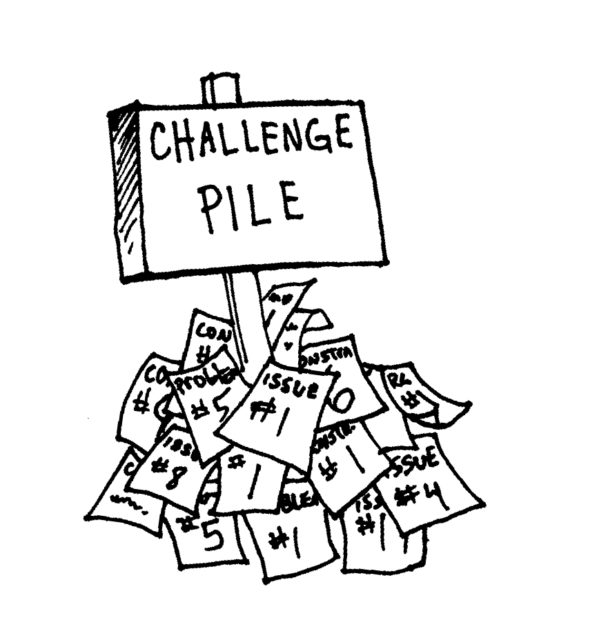Hi everyone! Here′s the third lesson from our Project Management Made Easy video series. Let us know what you think!
Video Transcript:
Hi, welcome back for another episode of Project Management Made Easy. If you haven′t checked out our previous video on Time Estimation make sure to do so after this video!
Today′s topic is all about Postmortems or what some PM′s call the project retrospective. So you just finished a project and you think you can be done with it forever? Think again. Postmortem is one of the most important aspects of the project but also one of the most forgotten. This valuable piece of analysis will help you figure out how your project went. Let′s take a deeper look.
A Postmortem in project management is also known as a process improvement document. It is a process that is conducted at the end of a project to analyze and assess what worked and what did not. A postmortem can be conducted at the end of a project, or if you′re working agile, at the end of every phase. The idea of the postmortem actually extends from a military practice called “After-Action-Review” (AAR) which was used to keep the front line up to speed on all events and outcomes.
Postmortems are important because they help mitigate future risks and allow you to plan better for the next project. This works particularly well for repeat projects or projects that are similar in some way.
Here′s an example:
In my previous life as a marketer, I experienced many unique challenges when it came to wrapping up projects. I used to work with a lot of developers and web designers. One of the biggest challenges were the awkward phases where I wouldn′t hear any updates from the team for ages and then all of a sudden I′d have some stuff presented to me – and obviously it was not what I had asked for. This led me to implement an agile approach. Part of that agile approach was to do an assessment after every phase. I personally never found it helpful to do one big heaping postmortem at the end of the project ”“ its almost redundant.
Let′s get into some Best Practices
Here are some of the best practices and tips for postmortems:
Wait to conduct the postmortem after the fire stops burning. This will give the team to gather their thoughts and come back to it with some perspective. Two to three weeks is often a good time because they wont forget.
Keep the postmortem session to 90 minutes
The structure of the meeting should be as follows:
- Common understanding of what happened and why
- Individual roles
- What worked well
- What could have been done better
- What are your most important learnings
Don′t include too many people in the meeting. Only include those people who could benefit from the conversation and will be able to use the learnings to other projects.
Publish the notes from the meeting not just to your team but the entire organization in summary format – be sure to include next steps.
Postmortem Document Format
There are several ways in which you can break down the different areas:
Project stages or phases (e.g. determining need, project planning, creating deliverables)
Project processes (e.g. planning, risk management, configuration management)
Project roles (e.g. support staff, change manager, project board)
Key skill areas (e.g. communication, teamwork, management, organization)
Products (e.g. budget, schedule, plans, reports, post-project review questionnaire)
Postmortems are an extremely important aspect of what it takes to work strategically. They help you understand your team′s working habits as well as your own. The result of knowing these things is to have a better more functional team.
Failure is inevitable, and projects rarely go over perfectly. I challenge you, that on your next project – you′ll take this approach and make the most of your postmortem meeting to get the most out of of your projects.
Follow us


